Our friend Jorge Pomar recently wrapped up a new wall entitled “64 tones of Buenos Aires” in Argentina.
For three months I talked with many people about a question that obsessed me: what is the song that represents Buenos Aires? Little by little, I listened and grouped the answers in a YouTube list.
One day, while I was walking through the center of Buenos Aires with my headphones on, I became aware that I was not finding the Buenos Aires song. My search was running out. Until a friend told me that I had to think beyond music and pay attention to the sound of the city.
“64 tones of Buenos Aires” presents a 31 m vertical piano at the intersection of Corrientes and Callao avenues, a neuralgic city point with a political, cultural and economic value. The work offers a spectrum of 64 tones that could refer to a piece of blue sky, the red of the subway B line, the yellow of a taxi, the green of a handkerchief, the white of the obelisk, the gray of the asphalt, the orange of a school transport, the embroidery of a brick, the black of a tile, the green of a newspaper stand, the colors of a bus, the flags of a demonstration, the grays of Buenos Aires architecture and laying down on her, the reflections of the Sun.
These tones and many more are present in the context of this corner. Also, I think they can be heard.
I did not find the Buenos Aires song. However, I found a city conducting an orchestra.Thanks to Antonin Hako, Rodrigo Rodriguez, Orco Videos, Juan Ignacio Zevallos, Cristian Piedrahita, Leonardo Tellechea, Aerovisuales, Patricia Volonino, Eva Ciallela, Natali Aboud, my family and friends.
Thanks to Buenos Aires.

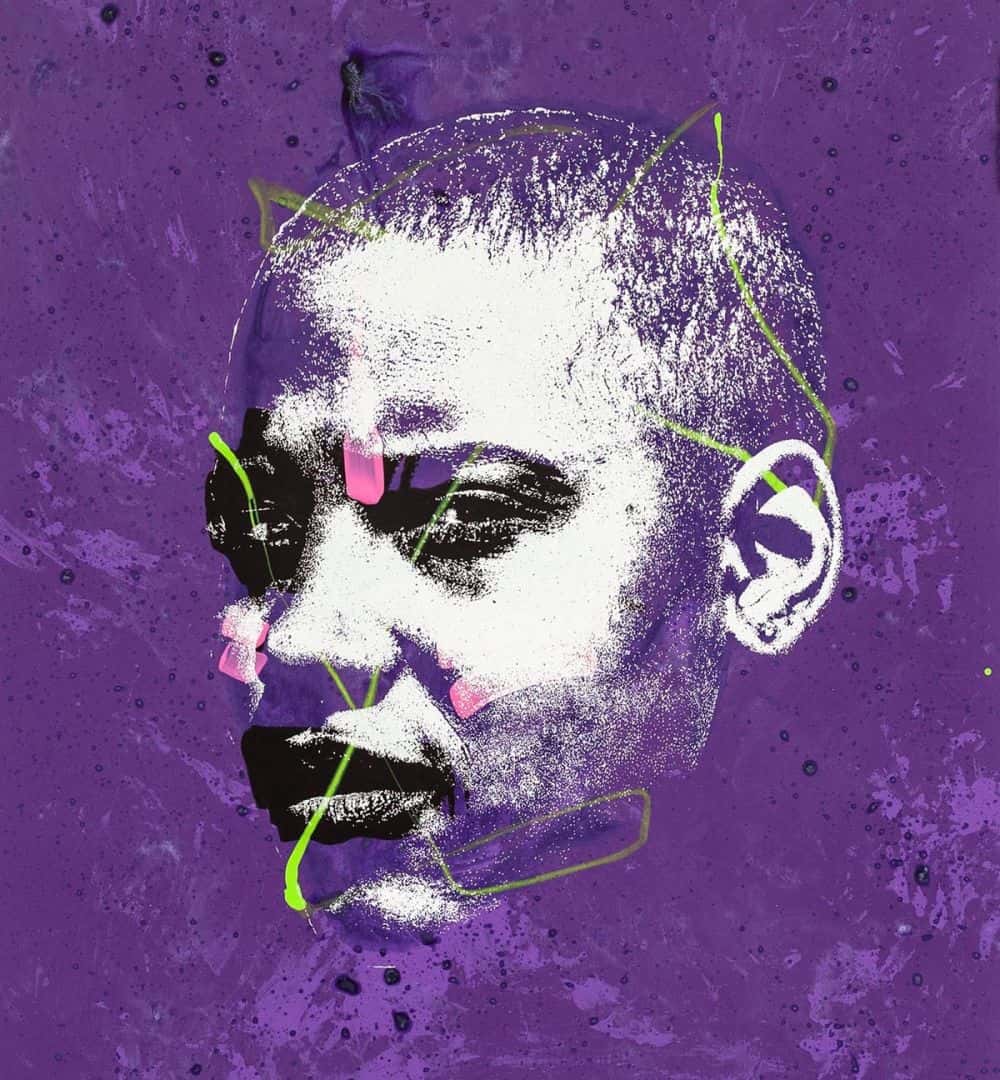
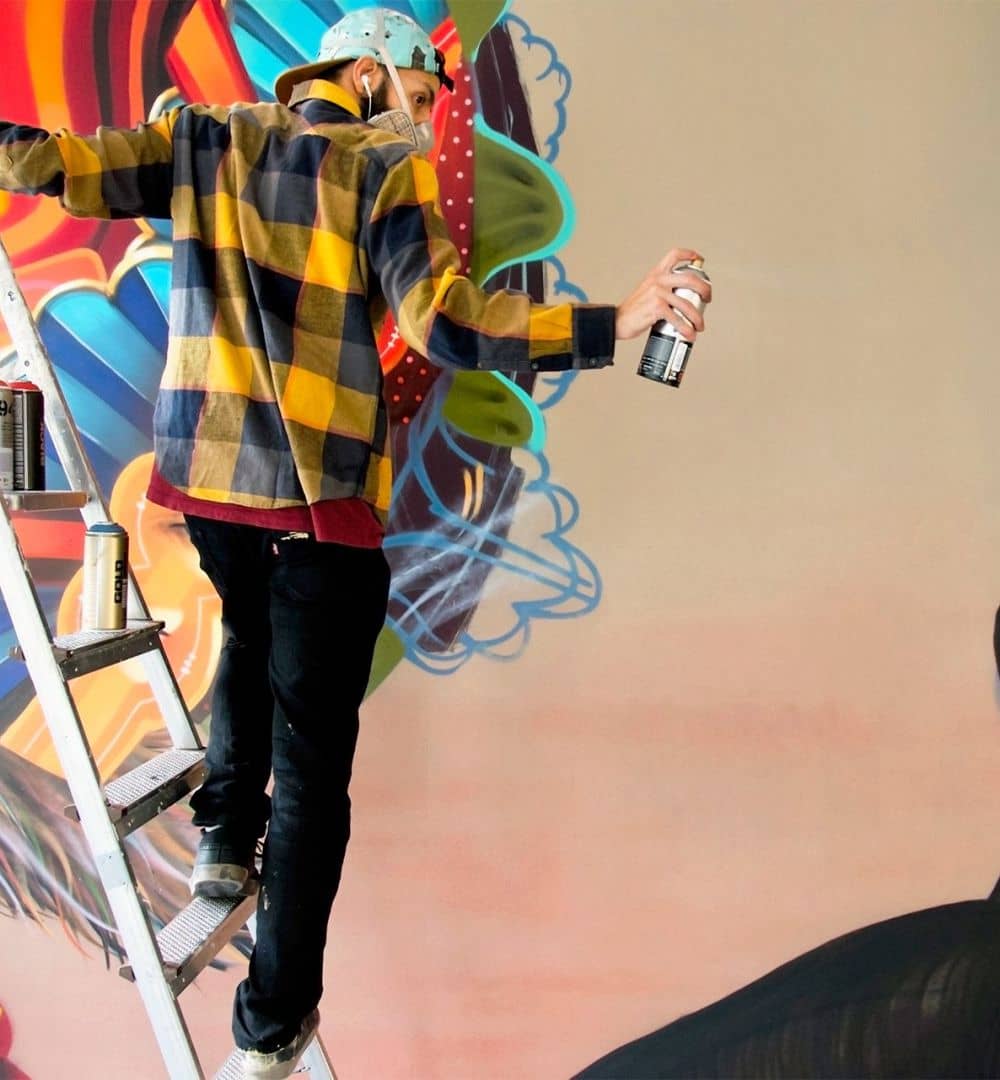
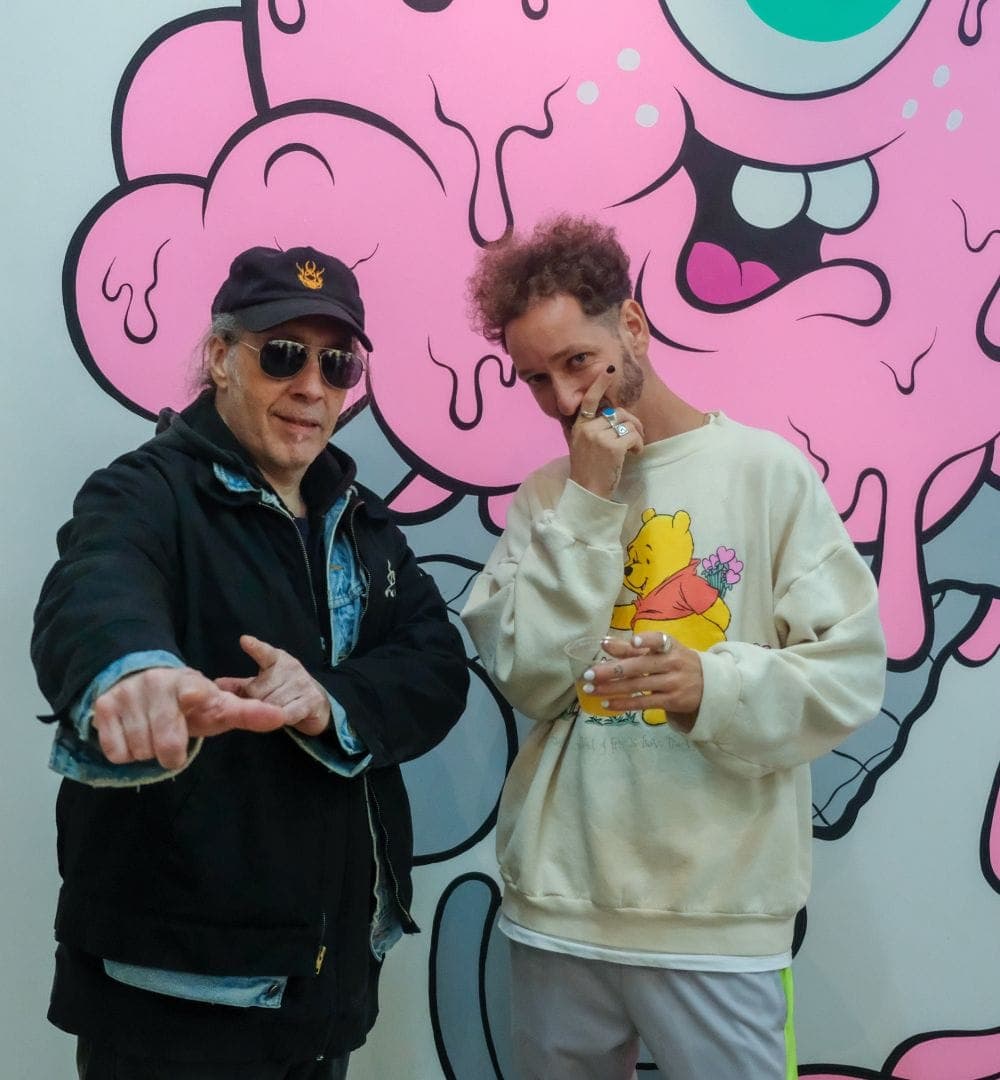
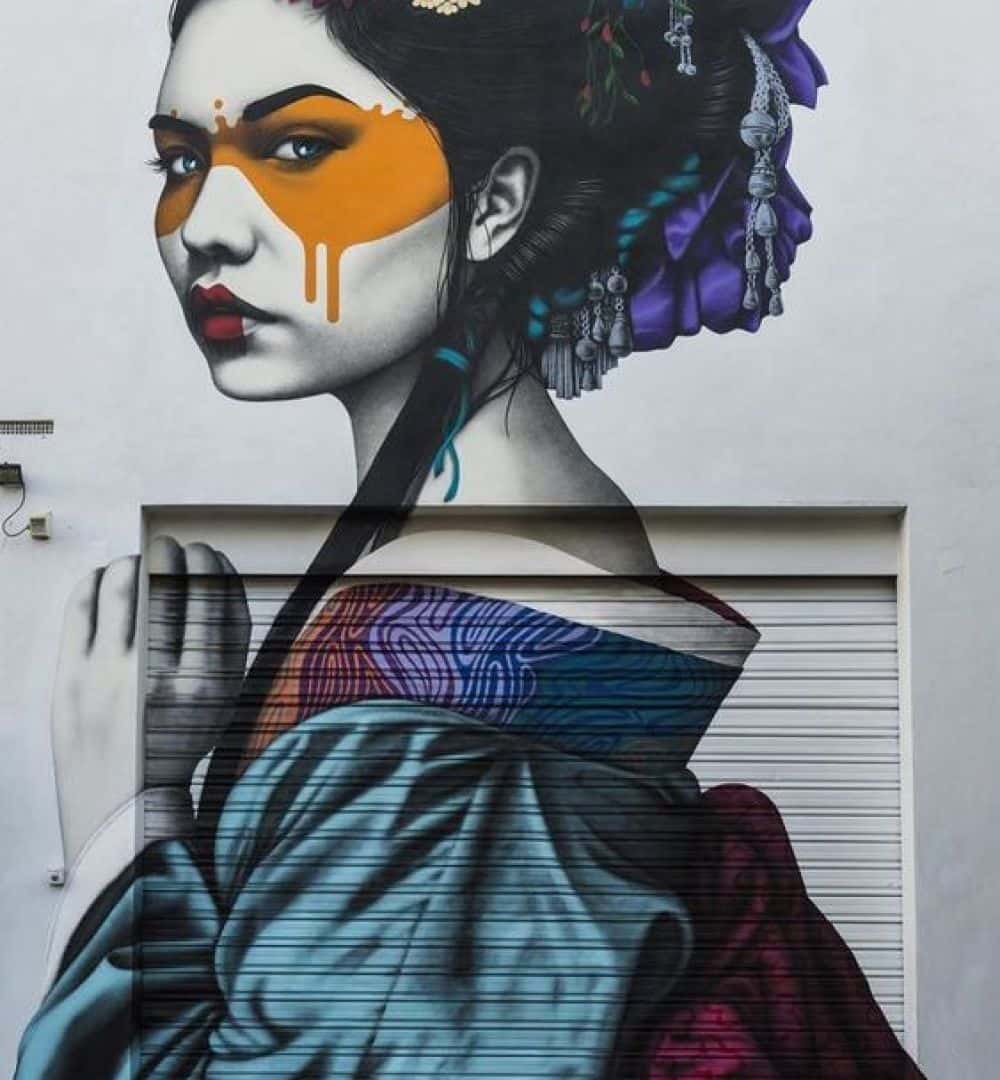

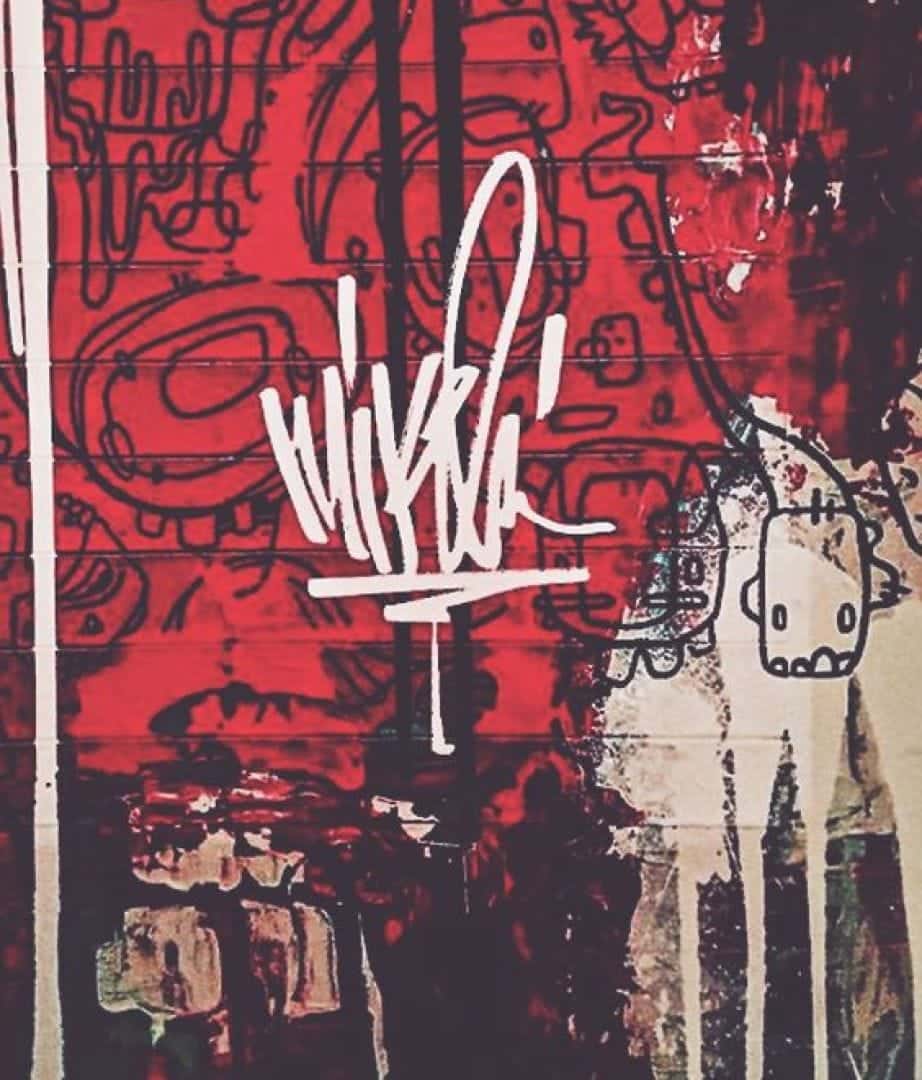
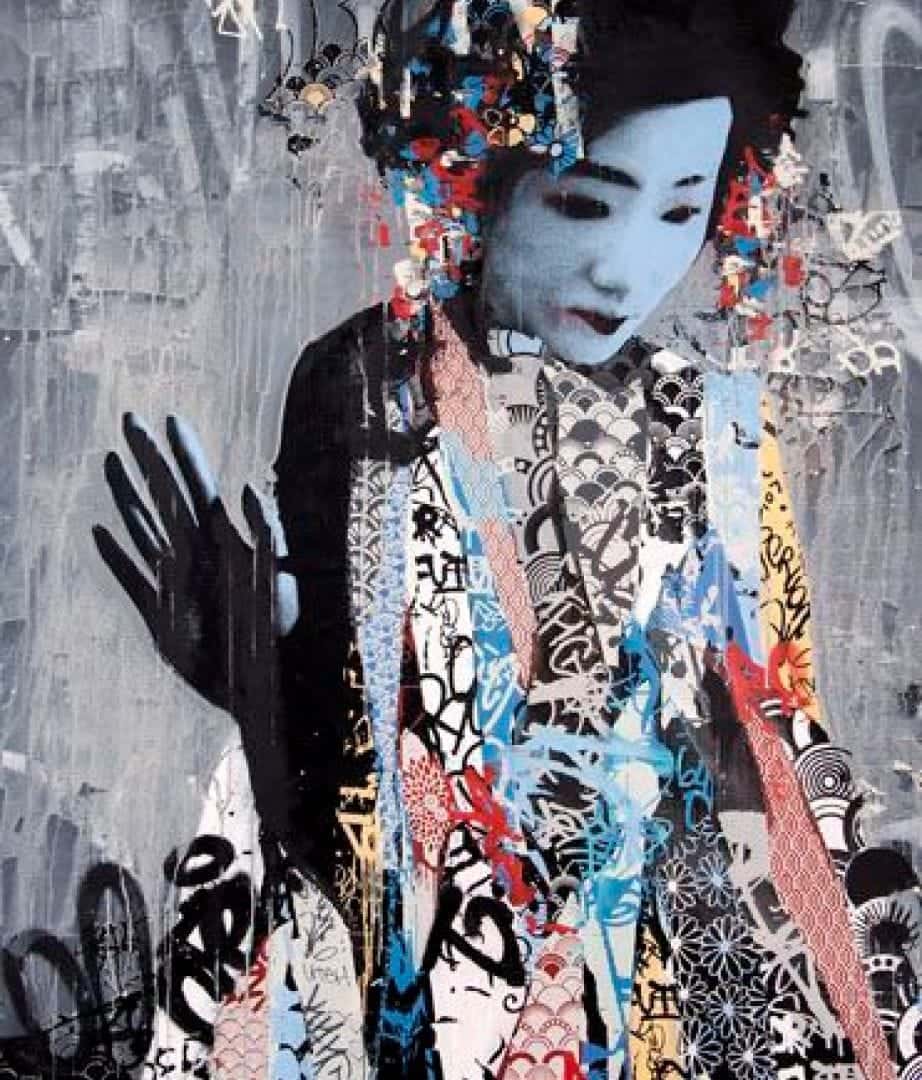
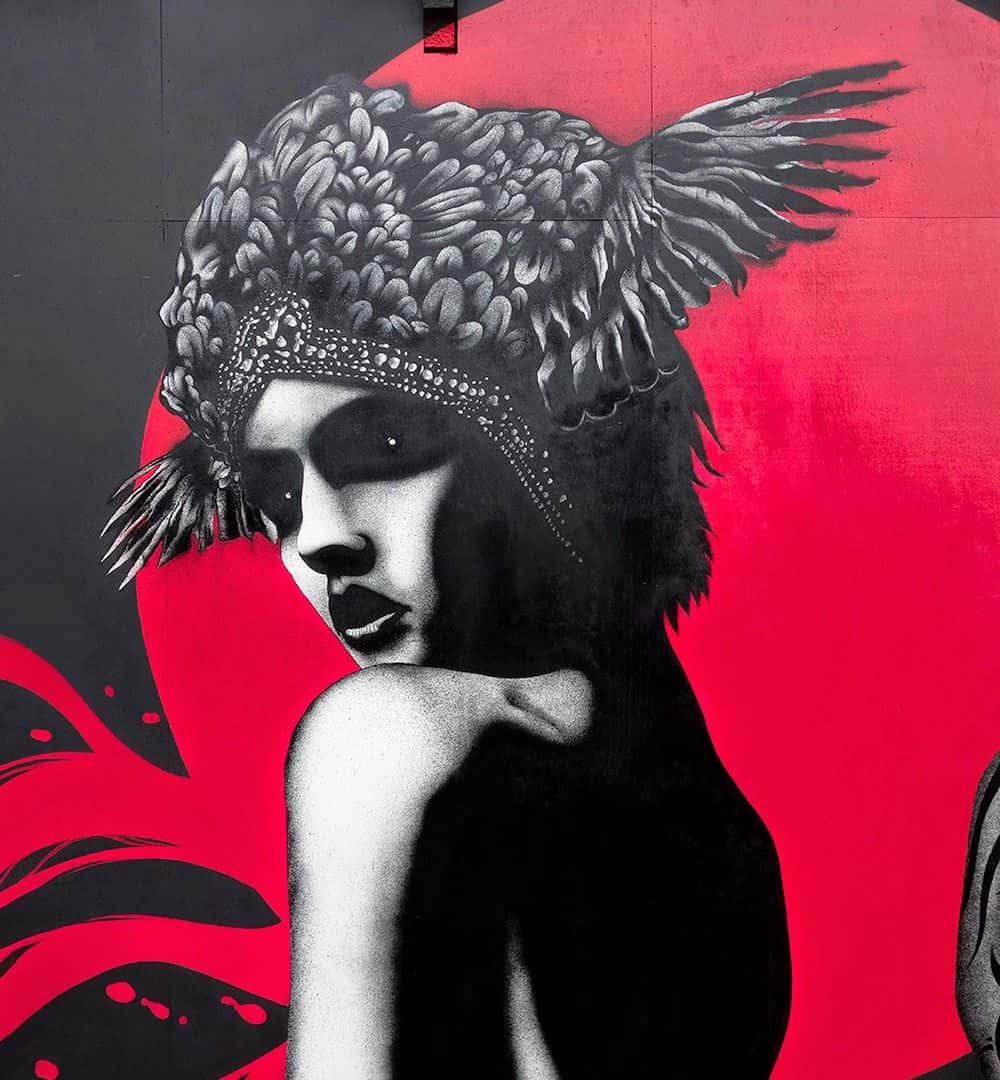
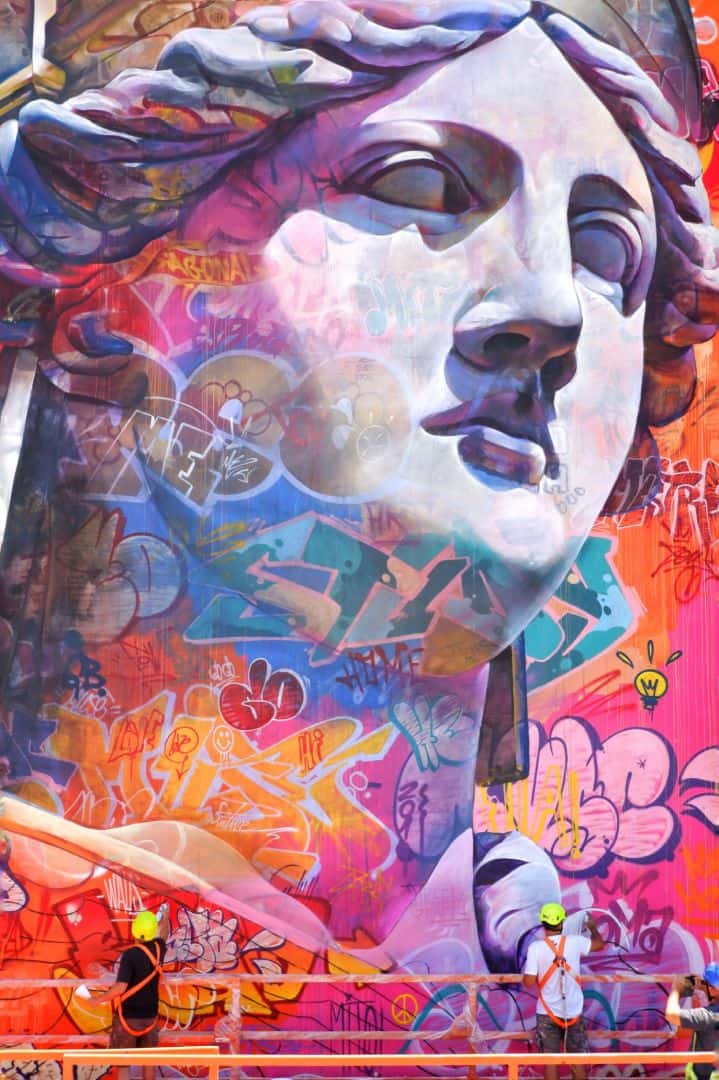


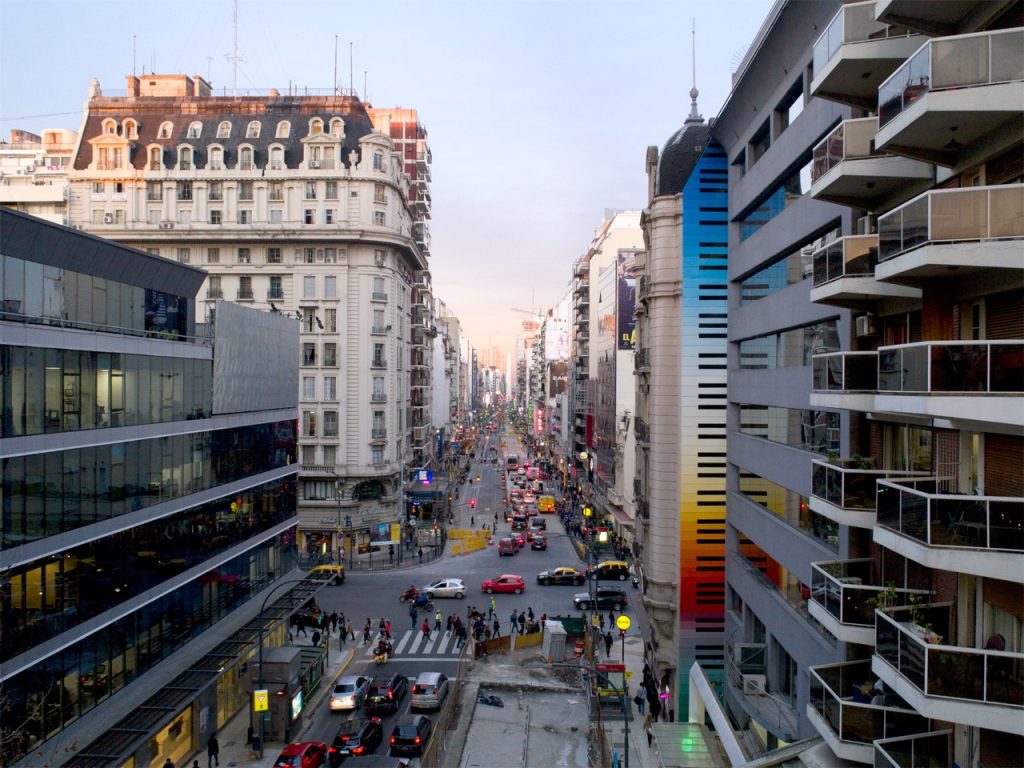
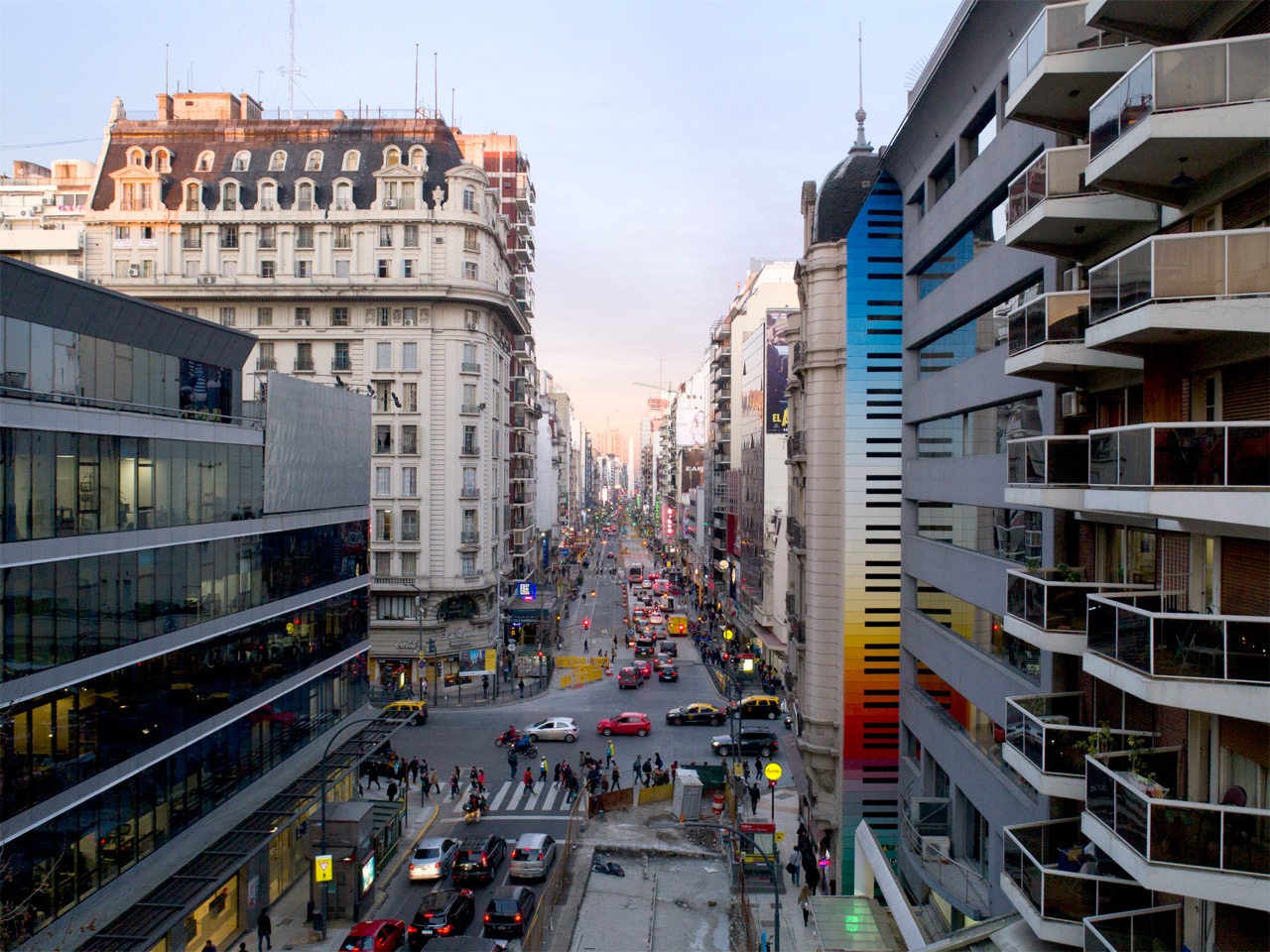

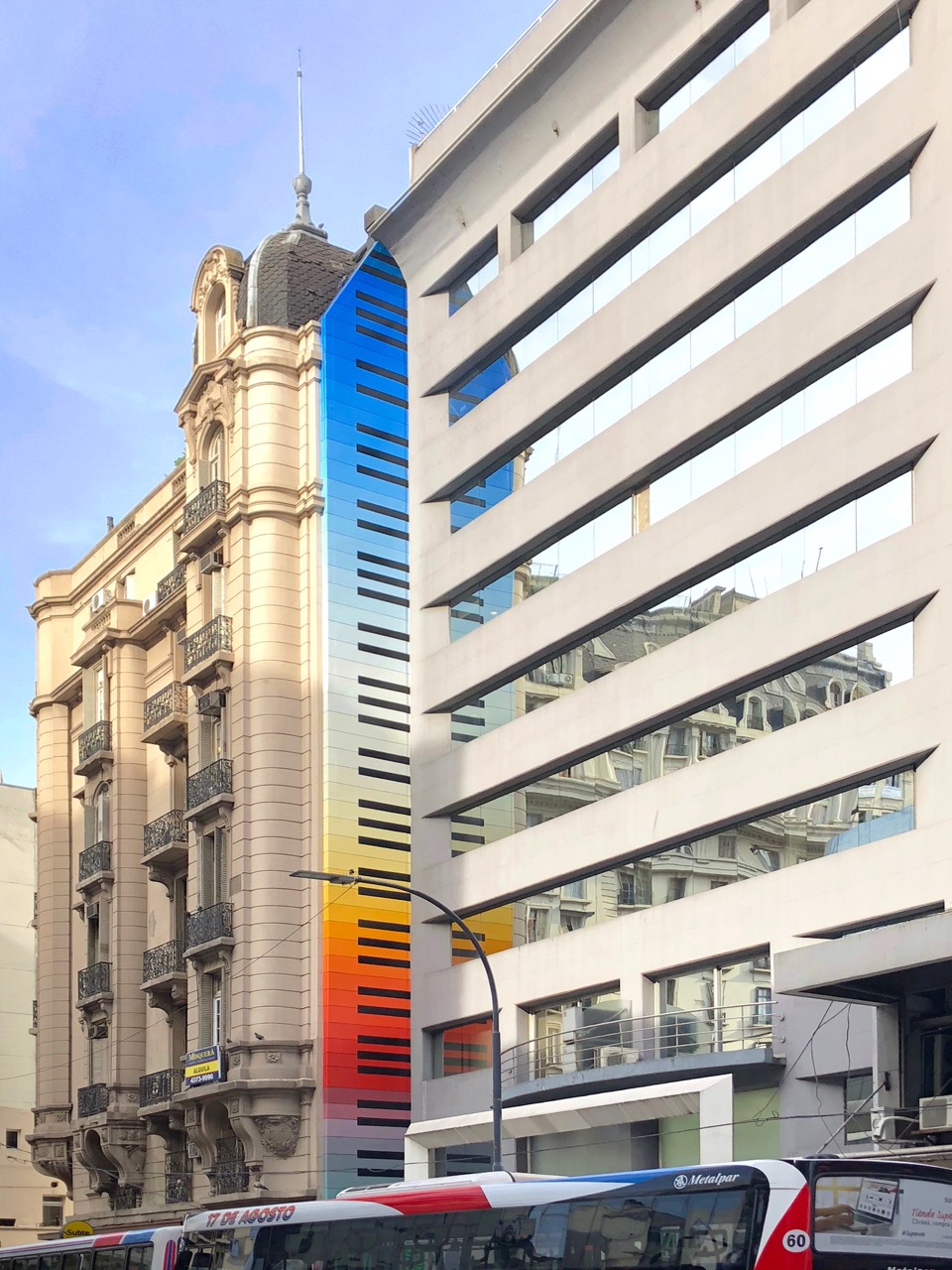
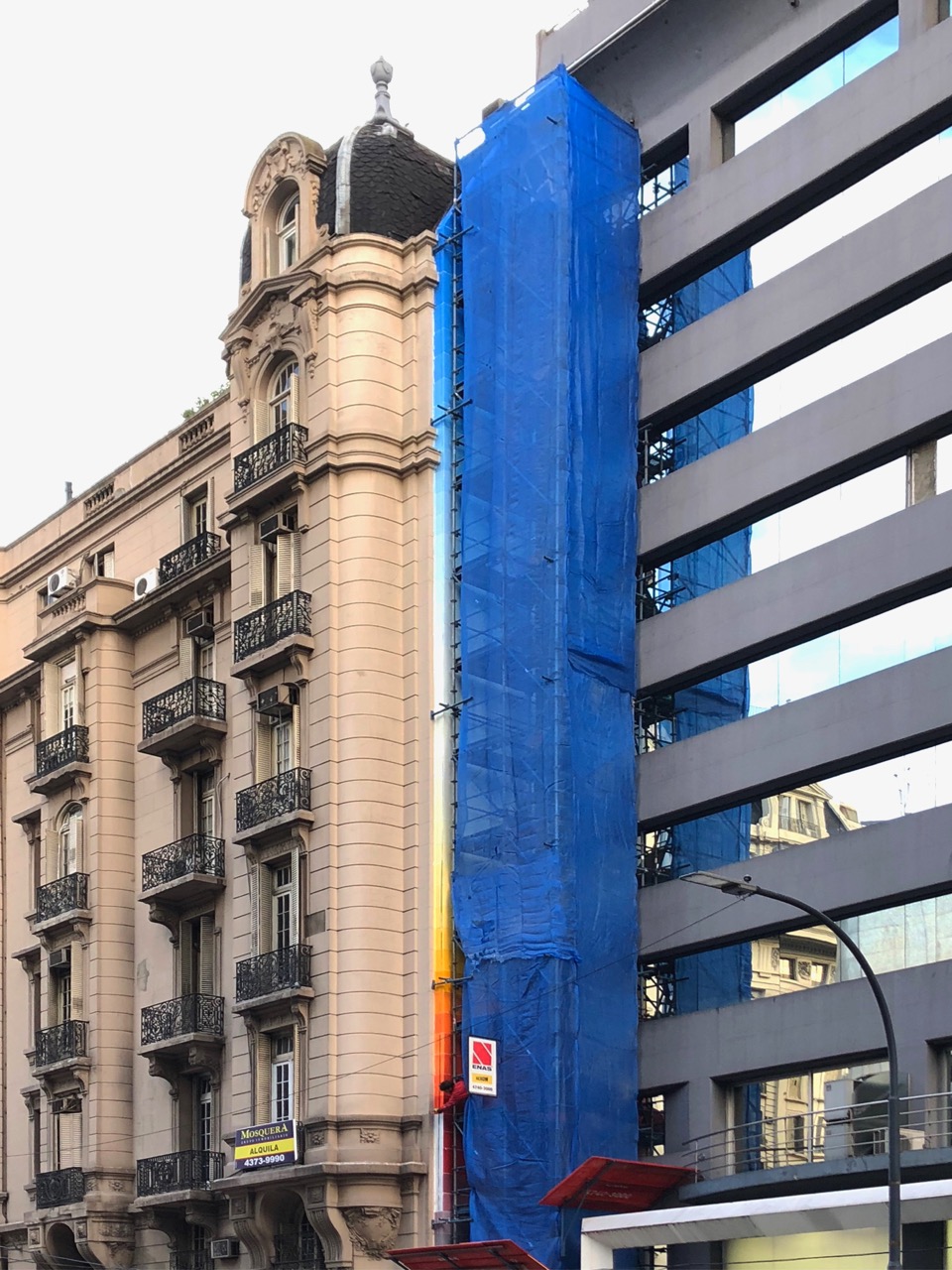
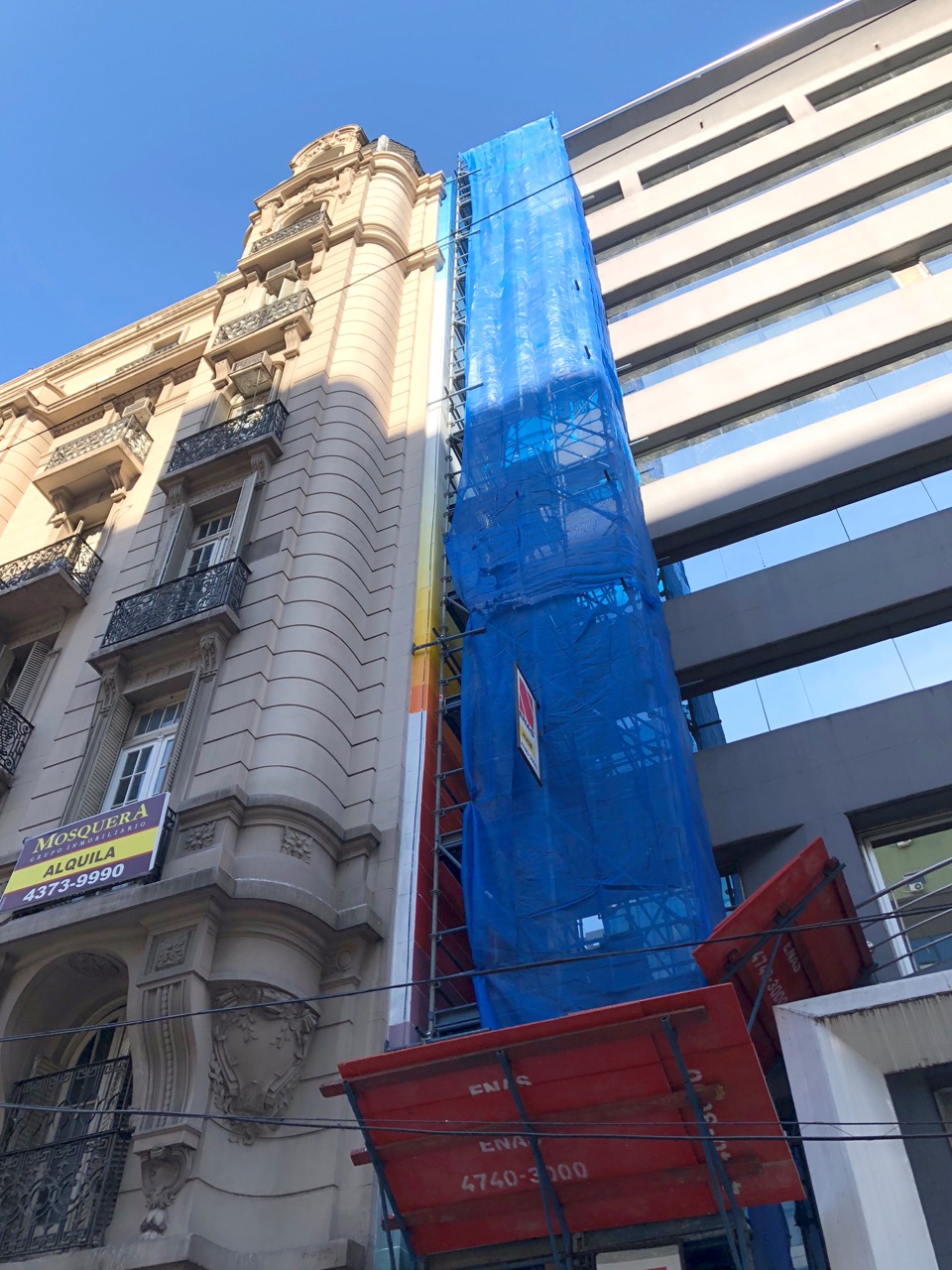
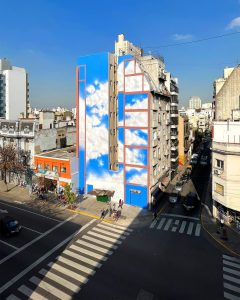
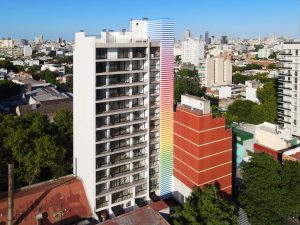
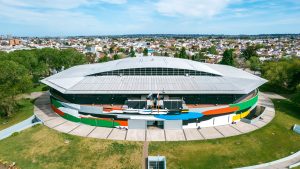
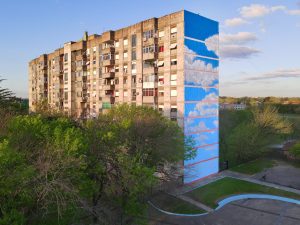
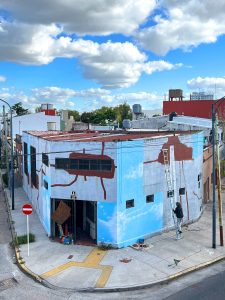
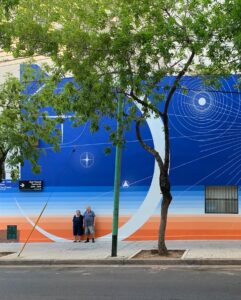

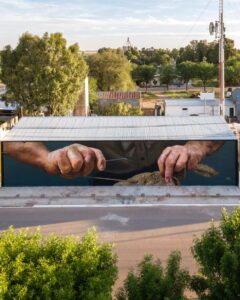
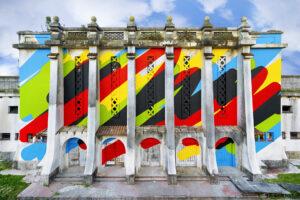
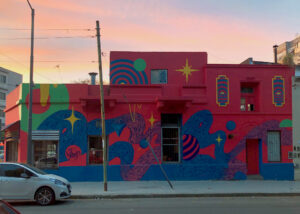
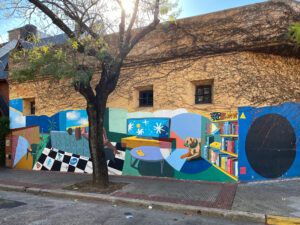
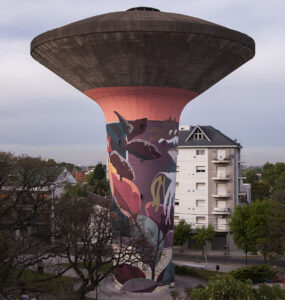
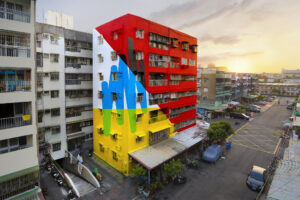
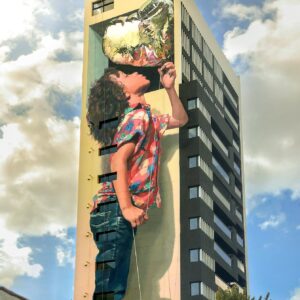


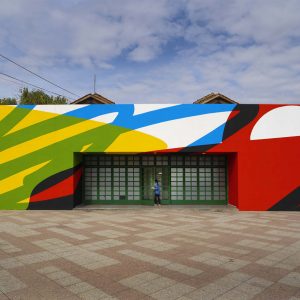
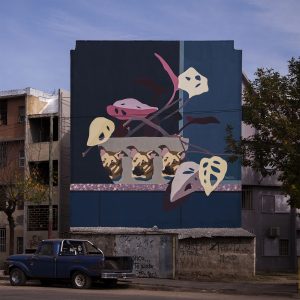
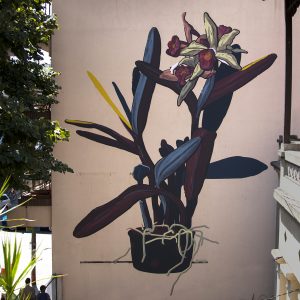
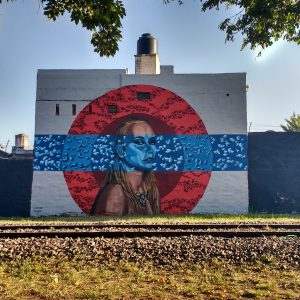
comment